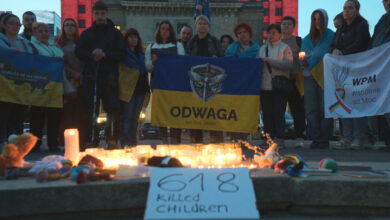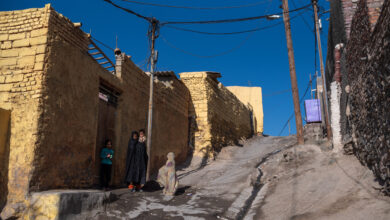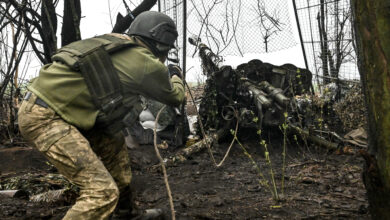Sahel countries need to do more to fight the trafficking of firearms, which largely originate from national stockpiles within Africa, the United Nations said Tuesday.
In a report released Tuesday, the UN Office on Drugs and Crime (UNODC) said most of the trafficked firearms in the West African region come from elsewhere on the continent.
“While there is evidence of long-range firearms trafficking to the Sahel, including by air from France and from Turkey via Nigeria, it appears that the vast majority of firearms trafficked in the region are procured within Africa,” the report said.
Most weapons have been diverted from national armed forces, it added, “whether through capture on the battlefield, theft from armories, or purchase from corrupt elements in the military.”
They are mostly smuggled in small shipments, which the UN refers to as “ant-trafficking,” over long distances and across multiple borders, the UNODC said.
Some trafficked weapons circulating in the Sahel originated from the conflicts in Sierra Leone and Liberia, UNODC’s head of research Francois Patuel told journalists in presenting the report.
Libya had also been a major source of trafficked arms to the region after former dictator Moamer Kadhafi was toppled in 2011, largely looted from Libya’s national stockpile, but the flow slowed about half a decade ago.
More recently, newer weapons from Libya have circulated in the Sahel, an indication that the arms embargo on the country has not been sufficiently enforced, Patuel said.
‘Elephant in the Room’
Many of the areas currently known as hubs for weapons trafficking are “simply areas with a low state presence, along borders or transportation routes where multiple criminal activities take place,” the report said.
But demand for firearms appears to be highest in the central Sahel, it noted.

There are few large-scale arms traffickers in the region, however, with most weapons exchanged “in an opportunistic way depending on shifts in supply and demand.”
The report added that violent extremist groups are not primarily engaged in the trade and are unlikely to derive significant revenue from arms trafficking.
But the report called on Sahel governments to better investigate and cooperate internationally on firearms trafficking in the region.
Leonardo Lara, a crime prevention and criminal justice officer at UNODC, referred to corruption as a “big elephant in the room” and “definitely also an element that needs to be taken into account when we speak of the drivers of this diversion” of weapons.
He also emphasized a need for national databases on trafficking flows.
It said that more than 9,300 people were killed in violent incidents in the Sahel in 2022 alone, in incidents that included banditry to inter-communal violence as well as jihadist attacks.
But it said the “single greatest source of violent incidents in West Africa” was intercommunal violence between agrarian and pastoralist communities in Nigeria, which, it said, is “fuelled by criminal groups.”












